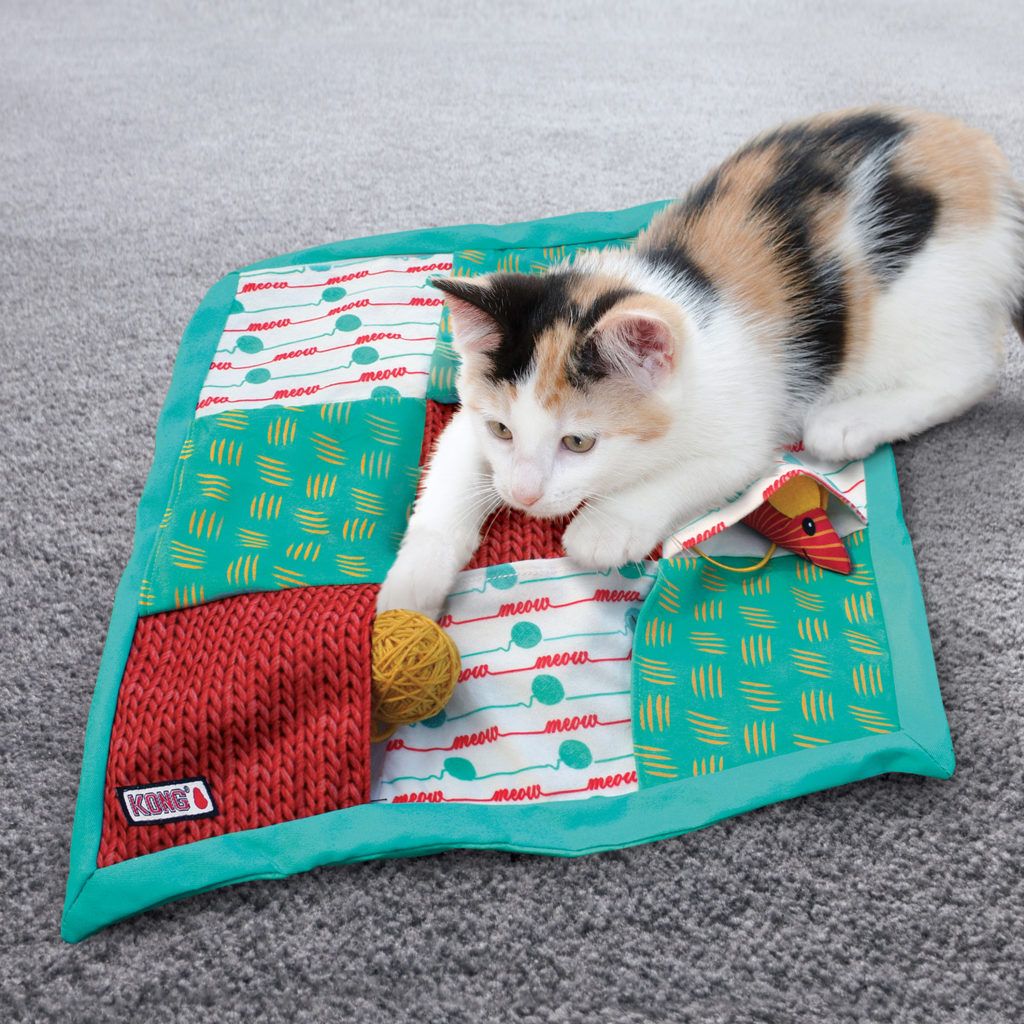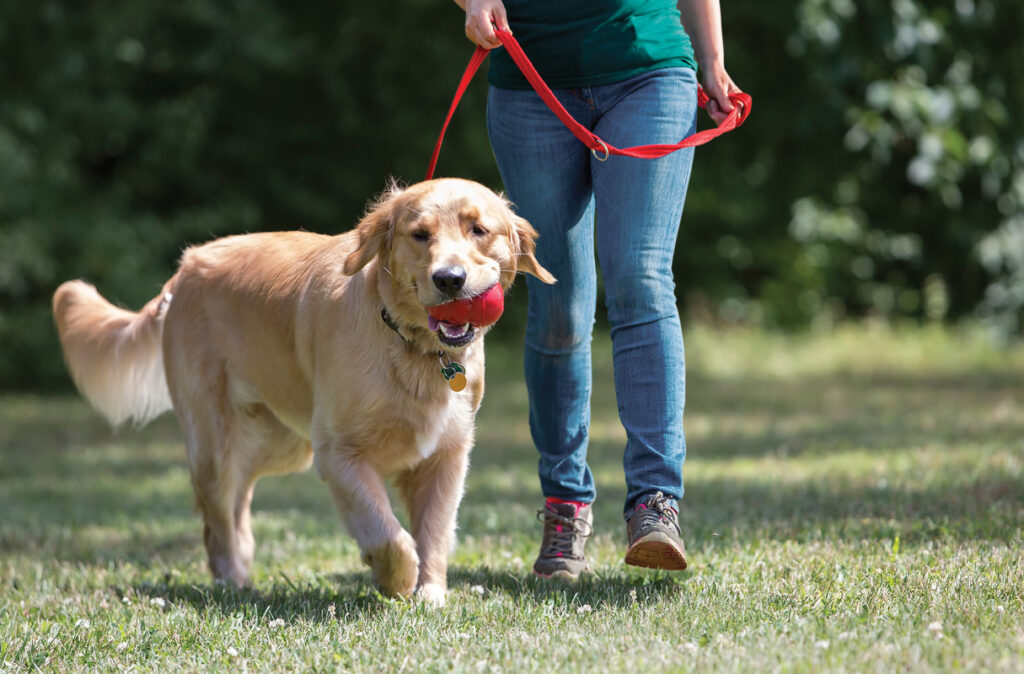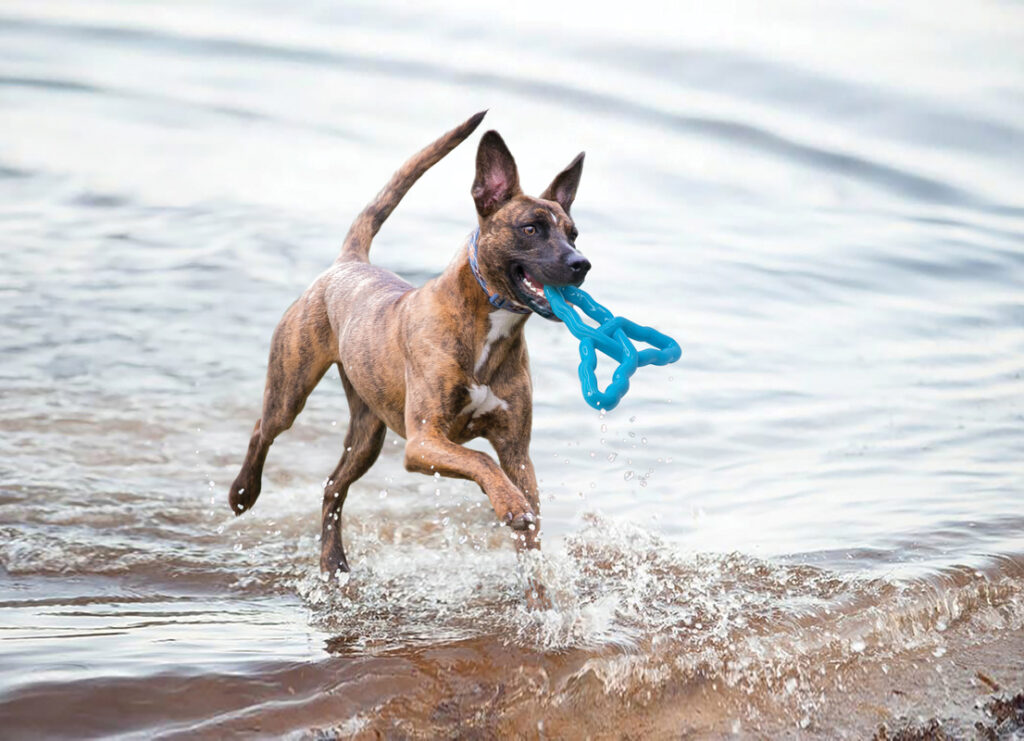We love spoiling our sweet fur babies with toys, treats, and plenty of cuddles. It’s a fact of life for a pet parent. We can’t deny our kiddos of extra soothing scratches or slipping them a few delicious morsels of their favorite treats!
However, some of us may also be guilty of overtreating our cats, sometimes just for them being the cuties they are. It can be easy for our felines to start looking extra fluffy if we are going overboard in the snacks department. It’s just a little treat here and there throughout the day, but in addition to their regular meals, those treats can add up and lead to an overweight cat.
Many of our cats live in a state of domestic bliss. They nap throughout the day, lounge by the window watching the busy outdoors, and rest in our laps, purring happily. This sedentary lifestyle and the large intake of treats can equal kitty weight gain.
When it comes to our personal meal plans, it can be easy to change from cheeseburgers to salads. We can also put a little less on our plates or have one less cookie for dessert. But when it comes to our cats, we need to make sure they are receiving adequate nutrition from the right sources.
Different Breeds, Different Sizes
Just like humans, cats come in different sizes and colors. A diet and exercise regime for one person may not work for another, especially if they have different builds.
Let’s look at how to keep our cats at a healthy weight, depending on their breed:
Maine Coons
Maine Coons are beautiful cats and have the distinction of being one of the largest domesticated cat breeds. They are popular in the United States for their dog-like temperament and affectionate personality.
Maine Coons can weigh up to 25 pounds for males and up to 20 pounds for females. That means that a healthy weight for a Maine Coon may be out of the range of a cat from a different breed — it’s all situation-specific.
Siamese
Siamese cats are known for their striking blue eyes and are beloved for their curious nature. They are also one of the oldest cat breeds to exist, originating in Asia!
Siamese cats tend to be on the smaller side, ranging from six to ten pounds. They may put on extra pounds if they don’t get enough playtime, which can lead to health problems in the long run.
Domestic Shorthair
Also affectionately known as a “house cat,” domestic shorthairs are the catch-all for our felines who come from a melting pot of breeds. Domestic cats should weigh around eight to ten pounds. These cats can put on excess weight due to insufficient activity or the need for a new diet. In some cases, they may be underweight.
Persian
These stunning and sweet kitties are adored for their fluffy coats and round faces. While their noteworthy coats may make them seem bigger than they really are, Persians should weigh around seven to 12 pounds.
Ragdoll
This larger cat breed is famous for their sweet disposition and affectionate personality. Ragdolls tend to be patient when carried around, going into “ragdoll” mode.
This breed of cat is large, but coming in smaller than the Maine Coon. A healthy weight for a Ragdoll is right at twenty pounds for male cats.
How Can I Tell If My Cat Is Too Heavy?
As cats get older, their metabolism changes; they may experience weight gain a little bit easier than when they were active kittens. This can be expected as our senior cats are less active during the day. Many adult cats need help with weight management, as they may gain weight with age.
If you believe your furry friend is gaining past the average cat weight, there are a few checks you can do to see if your cat is too heavy. These checks can be easily done at home, with a follow-up with your veterinarian for the next steps if you believe your cat needs a plan to help with weight loss and reach a healthy cat weight.
The first check is to feel for your cat’s ribs. Your cat shouldn’t be bony — this is a sign of an underweight cat — but you should be easily able to feel your cat’s ribs and count them. If your cat’s body condition score is off-balance, you would have a harder time feeling for their ribs.
The second check is to view your cat from above. Just below their rib cage, there should be a visible waist indented. Heavier cats will have a bloated belly, and this waistline will not be visible from above.
The third check is to check out your cat from the side as they are standing. You should see a slight tuck in the same spot as where their waist is from above. If your cat’s belly is hanging, this could indicate your cat is carrying too much weight on their frame.
How Can Obesity Affect My Cat?
Now that we can see the weight differences across different breeds of cats, we can see the thresholds that would have to be crossed for your cat to be considered obese. Knowing whether your cat is considered a large breed can help determine what their top weight should be. Your veterinarian is a great resource in helping to assess your cat’s healthy weight range.
A healthy weight for your cat is important for their lifespan, health, and quality of life. If your cat is overweight or obese, each of these factors can be negatively impacted. Cats who are overweight or obese can experience joint issues as the cartilage in the joints wears down faster with extra weight.
Cat’s heart health is affected by carrying extra weight, just as in humans, as the heart has to work more to get blood through the body. Feline diabetes can also form, affecting how your cat’s body responds to sugar in the blood. Of course, these health issues can shorten your cat’s lifespan, damage their quality of life, or become fatal if left untreated.
If your cat is overweight or obese, there’s no need to stress! This is a relatively common issue amongst house cats that is often easy to fix. Helping your cat to lose weight is one of the first steps in preventing or combating obesity-related health issues.
How Can My Cat Lose Weight?
First and foremost, your cat’s veterinarian should be involved in any decisions and planning regarding your cat’s diet and exercise plan. With any weight loss program for cats and even humans, it takes routine and discipline to follow a diet and physical exercise plan. Patience is key too. The weight didn’t add up overnight, and reducing it will not happen that quickly either.
If a cat loses too much weight too quickly, it can strain their body, especially if they take insulin to maintain their diabetes. Too much insulin in a cat’s system can be harmful, so constant monitoring of your cat’s weight is vital to ensure that they receive the right insulin dosage.
Never put your cat on a starvation diet or quickly reduce the amount or type of cat food they receive. Gradual change is best to ensure that your cat’s health isn’t negatively affected when necessary dietary changes.
Nutrition
Follow your veterinarian’s advice about how many calories your cat needs to achieve their ideal weight. For example, your DVM may recommend switching from dry food to wet food to lose that layer of fat. Wet food generally has more protein and can be more filling, whereas dry food can be carbohydrate-heavy, which makes weight gain much easier.
It is also a habit to put dry food into a bowl and allow your cat to graze all day. Food intake can be tricky to measure, especially in multi-cat households. Feeding canned food is easier to track as the amount is listed right on the can.
The hard part is monitoring how much and what type of treat you give to your cat. Instead of giving a good treat when your cat does something good, reward them with their favorite toy or a long scratch session.
Increase Activity
Just like humans, cats need to keep active. KONG has all the right toys needed to keep your kitty pouncing and engaged. Just like dietary changes, gradually increase your cat’s activity level to improve their body weight.
You don’t want your cat to go from zero minutes of play to an hour over one day. Think if you went to the gym for an hour and did a hard workout, you would feel out of shape and sore the next day. Our cats may feel very similar; remember that slow and steady will win the race.
Keep Active with KONG!
As mentioned, helping your cat be more physically active is a way to help them keep off the extra weight and stay trim. KONG is your one-stop-shop for all things cat toy-related. We have a variety of cat products and information that engages your cat’s natural instincts so they can keep their bodies (and minds) active.
As your cat becomes accustomed to being more active, they’ll love feeling more energetic and spending quality time with you.
With the KONG Club membership, you will receive health and wellness information centered around a building block of wellness to keep your cat active and well. You’ll feel well-informed and ready to spend some one-on-one time with your favorite furry pal and how to interact with them and your cat toys.
Join the KONG Club today to keep you informed and your cat active at play.
Sources:
Ideal Dog and Cat Weight Ranges | Association for Pet Obesity Prevention
Obesity | Cornell University College of Veterinary Medicine
Feline Diabetes | Cornell University College of Veterinary Medicine



